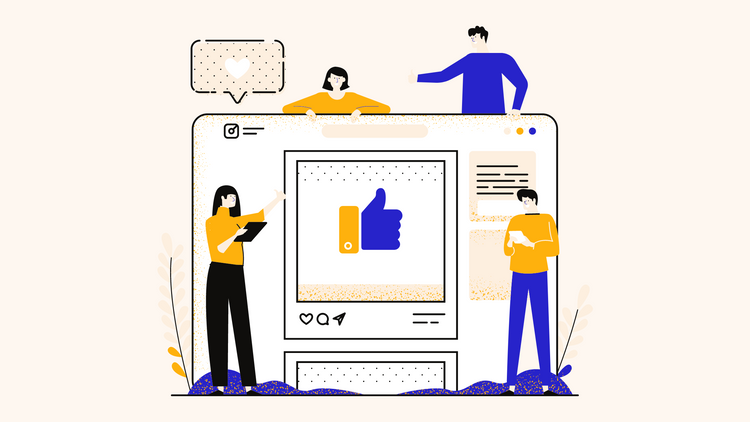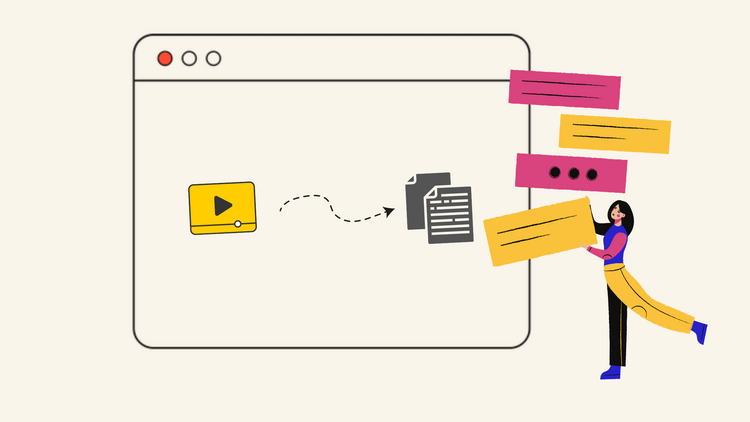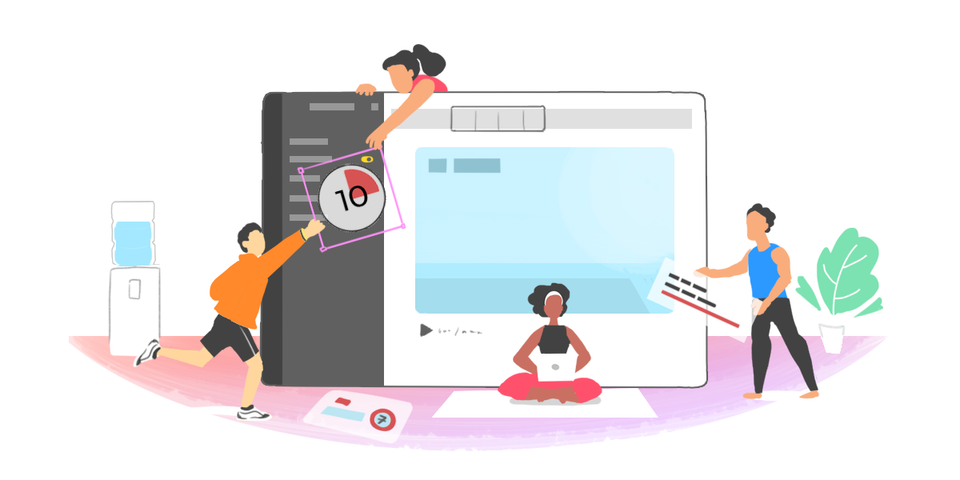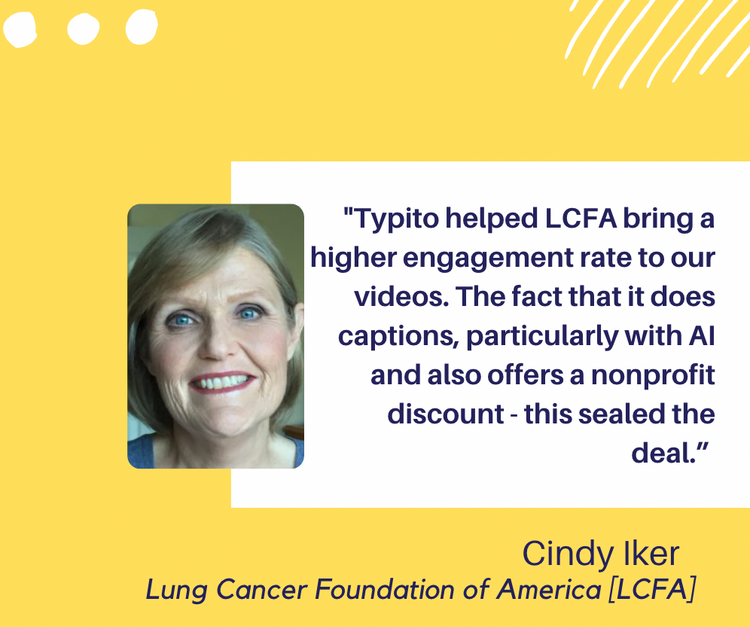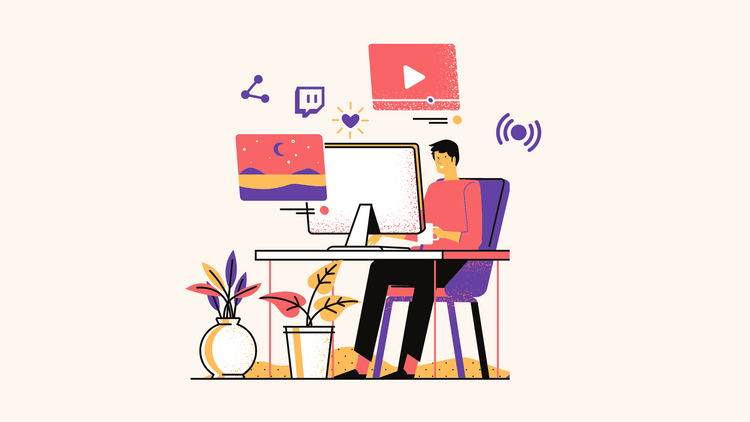12 Apps You Need To Run Social Ads That Increase Shopify Sales
With fewer people subscribing to email lists and competitive social media platforms, virtually all eCommerce merchants, whether you deal with dropshipping or wax melts, for example, must be prepared to use paid media to drive back their shoppers to their Shopify stores.
Ads have become one such marketing strategy that many store owners are opting for. Experts are putting down actionable guides to simplify ad creation and Shopify developers are creating apps that simplify how you run, monitor and optimize your ads.
From a platform of your choice to a tool to compress images for your ads, you'll have everything you need for your online store. This also then begs the question, should you feel you may gain more business while using a different eCommerce software that could offer different benefits?
For example, do you know what software package would actually be the best for your eCommerce site? Have you ever looked at a review on such software, like this woocommerce vs shopify review that outlines the pros and cons of each platform so you truly know which one you should be using.
The ROI of ads being run on Google, Facebook, and Instagram, especially, shows high revenue. 75% of users who see an ad on Instagram take action, either heading to the website or purchasing the product. Businesses running Google Ads make an average of $2 in revenue for every $1 they spend.
However, if you aren't sure how to get started with running ads for your Shopify store, here are 12 tools you can use to create, run, and analyze your ads.
Step 1: Creating Your Social Ad
The first step to getting started with ads is to have a brilliant image or video asset that captures the viewer's attention and makes them want to visit your store.
For dynamic ads, you just need to ensure your product images on your Shopify store are well-photographed and high-quality.
Here are 5 tools and resources that will help you create your ad assets:
1. Canva
If you want to narrate a story within a static carousel, graphical images are the way to go! Canva lets you design beautiful posters and ad assets without needing expertise in design nor a license to Photoshop on your laptop. Canva provides you with every feature you need to design your ad images, from elements to a library of stock images to text placement templates
Pro-tip: Try out the different templates available on Canva and pick the one that matches your preferences and brand personality.
2. Undraw
You may want to include a few illustrations or illustrated elements within your image to make your ad asset more interactive. Undraw is a great resource for anyone who wants free illustrations. Search for highly specific illustrations using keywords. The website even lets you change the colors of the illustration to get a preview.
Pro-tip: Download the resources on Undraw as svg files so that you can customize the colors of the illustration to match your brand.
Bonus: If you're just looking for icons, you can find them on The Noun Project or Flaticon.
3. Typito
Videos are everyone's favorite content format these days. They are short and sweet, engaging us using multiple senses. With the rise of video, it's important to adapt your marketing strategy to include video. JumperMedia found that video ads on Instagram saw 3x engagement than single-photo ads.
Using Typito, you can create video ads yourself, without the hassle or the high costs of a videographer. With its drag-and-drop builder, Typito makes video creation easy even for non-videographers.
Moreover, video is the perfect ad format to create brand awareness and attract new audiences to your Shopify store. Create video ads about the range of products you offer to show new audiences on different platforms that your brand sells and nudge them to visit your store.
Pro-tip: Try out the video templates to create highly-engaging videos that convert. Using Typito, you also can add text onto your videos to create context about your products. Use transition effects to stitch different footage together.
4. Pexels Stock Video
If you don't have video footage or want some generic video footage to convey your message, you can pick up stock videos from Pexels. From baking to travel to night lights, you can pick up any kind of stock footage to add more layers to your video ad.
Pro-tip: Stock videos are great for brand awareness ads. Show what your brand's goal is or what you want to deliver to your shoppers with your products. For instance, show a baker working on a cake to show how your baking products are helpful to your customer.
There are also other sites like Pexels that you can use for free stock videos. Check them all out in this video here:
5. YouTube Audio Library
Typito has a range of audio tracks that you can add to your ad video. However, if those don't suffice, you still have plenty of websites online that offer free audio tracks to add to your content. One such resource is YouTube's Audio Library, which even top videographers use for their content. Find the perfect track for your brand video by searching through the audio library.
Pro-tip: Ensure that the audio you pick doesn't distract the viewers from the message of the video.
Step 2: Running Your Social Ad
Shopify's App Store has several apps that help you run your ads. Having so many options means that you can choose the app that suits your needs and budget. We've listed 4 different Shopify apps to run your ads with. We've also included a primer of each of these apps to help you choose the one that's right for you.
6. ROIHunter
Running different kinds of ads has never been easier. With ROIHunter, you can set up your Google ads, even without an AdWords account. The app lets you set up search ads as well as shopping ads so that any shopper looking for your products will be shown your store.
The app also simplifies Facebook and Instagram advertising, tracking pixels and allowing you to set up remarketing ads. You can even set up highly specific audience segments to personalize your ads.
ROIHunter starts with a free plan that allows merchants to get started with their ads.
Why Use ROIHunter: All-in-one ads platform for Google, Facebook, and Instagram ads.
7. AdRoll
Retargeting ads are a great way to bring back shoppers who are already interested in your products. With AdRoll, you can set up dynamic ads that show shoppers who they previously viewed on your store.
While AdRoll is known for dynamic personalized ads, you can even run awareness ads using the app. Another feature that makes this app a favorite for many merchants is its email integration feature. The app uses your email list and allows you to use this data to show personalized ads to your email list.
AdRoll is free to start with but there are external changes for ad budget.
Why Use AdRoll: Bring back shoppers who already showed interest in your store and nudge a purchase
8. RetargetApp
If you want to focus your ad efforts on just Facebook and Instagram, Retargetapp is for you. The app lets you set up ads for shoppers across the customer funnel. Set up ads to grab new traffic, recover abandoned carts, and run upsell and cross-sell ads.
What's more, the app integrates with Kit, a virtual assistant that smartly notices trends in your store and opportunities to earn more through ads. Pricing for RetargetApp starts at $19 per month.
Why use RetargetApp: Target every part of the customer journey on Facebook and Instagram
9. Kit
Kit is built by Shopify to help merchants to manage their marketing more smartly. The virtual assistant informs the merchants of ad opportunities and trends in the store's performance to bring in new shoppers and increase revenue. The app simplifies ad creation, helping merchants set up their Facebook ads
Kit is free to use and merchants are only billed for the ad budget they spend.
Why Use Kit: Set up Facebook ads for awareness as well as retargeting without any experience in ad management.
BONUS: FBTrack ? Facebook Pixels App
Many merchants prefer to run their Facebook ads through the platform's ad manager. However, with multiple types of ads being run, you may want a tool to manage your Facebook pixels in a better way. FBTrack is built just to solve this need.
This app works to track all your conversion events and help you set up segmented pixels to optimize each of your campaigns better.
Step 3: Analysing and Optimizing Your Social Ad
Once you've set up your ads, it's important to understand how it's performing, what products are selling more through the ad, and use this data to optimize your strategy. The apps that you use to run ads do have an analytics dashboard. But, if you want a more detailed look into your data, we have one app for you.
10. RevTap
Think of RevTap like a simplified version of Google Analytics built for Shopify. The app collates all your store's data- from marketing to ad revenue to store behavior. With this comprehensive dashboard, you can learn how your ads are performing, which channels are bringing more revenue, which products are getting more purchases from the ads, and more.
Use this insight to then optimize your copy and images within your ad to finetune your ad and improve its performance. RevTap also uses AI to identify patterns in your store's performance to give you actionable tips on improving your strategy.
With these actionable insights, you can optimize your ad- changing the copy or tweaking your image or video assets- to increase the revenue you generate from this paid channel.
Why use RevTap: If you're running ads on both Facebook and Google and want a comprehensive look at all your ads' performance.
11. Facebook Analytics
Who isn't familiar with Facebook ads? Now, with the rise of Instagram ads, more people are opting to run ads on these 2 popular social platforms. For a merchant who just wants to track his Facebook ad performance alone, an integrated analytics dashboard might not be their preference. For this, we recommend using Facebook's in-built ad analytics. These analytics are available for anyone running their ads within the Facebook ad manager.
Within Facebook's Analytics dashboard, you can get real-time data about each of your ads and make changes as you see fit. Compare how each ad placement is performing to focus your ad efforts better on the strategy that converts best. Read about how you can view your ad performance within the Facebook Help Centre.
Why Use Facebook Analytics: If you are just running Facebook and Instagram ads.
12. Little Data
Many store owners are just running Google ads but they often face issues tracking the data from these ads within the complicated Google Analytics dashboard. Littledata is sure to simplify that for you. This app integrates with your Google ads as well as your eCommerce store to help you monitor your ad performance and help you make smarter decisions.
The app comes with powerful reporting and shows industry benchmarks so that you can look through every data point and compare it to understand how you can maximize your revenue. If you are interested in this app, you may want to think about choosing a Google ad agency that can help you get the most of Google ads.
Why Use Little Data: Track performance for your Google ads.
Ready to run video ads and increase revenue?
Create videos with Typito in minutes and set up video ads to increase brand awareness and bring new audiences to your store.

